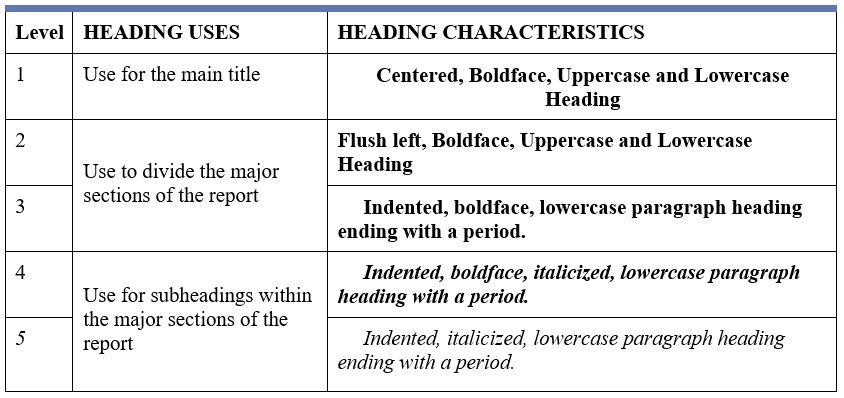Overview:
Cyclone Chido has unleashed severe devastation across Mayotte, a French overseas territory, causing tragic loss of life and widespread damage. The cyclone’s intense winds and torrential rains forced mass evacuations and emergency interventions throughout the island. As it progresses toward East Africa’s coastline, there is growing apprehension about its potential to exacerbate vulnerabilities in coastal communities already prone to extreme weather events. Authorities are rapidly deploying aid while bolstering preparations for the storm’s impending impact.
Humanitarian Crisis Unfolds in Mayotte After Cyclone Chido
The passage of Cyclone Chido through Mayotte has precipitated an unprecedented humanitarian emergency. Official reports confirm multiple fatalities amid extensive destruction that has left thousands homeless. With sustained wind speeds exceeding 150 km/h (93 mph), this powerful tropical cyclone demolished numerous homes as well as essential public facilities including schools and health centers-many now inaccessible or completely destroyed.
Rescue operations face significant challenges due to flooding and landslides triggered by rainfall totals surpassing 300 mm in some areas within just 24 hours. In response, government agencies have launched large-scale relief efforts involving search-and-rescue teams alongside the establishment of temporary shelters for displaced residents.
Critical immediate needs for affected populations include:
- Provision of food and potable water: Disrupted supply chains have led to acute shortages.
- Medical assistance: Overburdened clinics are grappling with injuries and outbreaks of waterborne illnesses.
- Mental health support: Psychological care is essential for families dealing with trauma from loss and displacement.
As Cyclone Chido advances toward East Africa-a region where millions inhabit low-lying coastal zones vulnerable to cyclones-the risk of secondary disasters such as flash floods, destructive winds, and infrastructure collapse intensifies. Meteorological services continue close surveillance while urging residents in Kenya, Tanzania, Mozambique, Madagascar, and neighboring countries to stay vigilant.
Overcoming Relief Distribution Obstacles & Infrastructure Rehabilitation Post-Cyclone
In the aftermath of Cyclone Chido’s rampage through Mayotte, swift delivery of humanitarian aid remains critical but faces numerous logistical hurdles due to damaged infrastructure:
- Obstructed transport routes: Flooded roads blocked by debris delay vital supply shipments.
- Dysfunctional communication networks: Telecom outages hinder coordination among emergency responders.
- Epidemic threats: Standing water combined with compromised sanitation increases risks for diseases like cholera or malaria.
The French government has dispatched specialized disaster response teams; however ensuring equitable distribution remains challenging given isolated communities requiring urgent help.
Humanitarian organizations are simultaneously preparing contingency plans anticipating similar emergencies should Cyclone Chido make landfall along East African shores or cause heavy inland rainfall soon. A comprehensive multi-sectoral approach prioritizes these key domains:
| Main Focus Areas | Description |
|---|---|
| Shelter Provisioning | Establish secure temporary accommodations equipped with basic amenities for displaced individuals. |
| Healthcare Deployment | Mobilize mobile medical units capable of delivering trauma care along with infectious disease treatment services. |
| Nutritional Support Programs | Create community kitchens coupled with food distribution centers addressing immediate hunger caused by disrupted markets. |
Enhancing Preparedness Measures in East African Coastal Regions Against Incoming Storms
With forecasts indicating that Cyclone Chido will soon approach the eastern coastlines of Africa, proactive readiness can significantly reduce human suffering and property losses among vulnerable populations.
Local authorities should prioritize establishing dependable communication systems delivering real-time alerts via radio broadcasts, SMS notifications, social media channels-and where possible-community leaders acting as information focal points.
Key preparedness actions include:
- Create emergency stockpiles: strong >Ensure sufficient reserves of non-perishable foods (e.g., canned goods), bottled drinking water adequate for at least three days per person; essential medications including first-aid kits; li >
- < strong >Fortify residences against storm damage: strong >Reinforce roofs using hurricane straps or additional fasteners; shield windows using shutters or plywood panels; li >
- < strong >Develop community-led response teams: strong >This empowers local volunteers trained on evacuation procedures & post-storm recovery tasks; li >
- Implement public education campaigns raising awareness about cyclone hazards alongside safety protocols during emergencies; em > li >
ul >Collaboration between regional disaster management bodies-including IGAD (Intergovernmental Authority on Development) member states-and local governments will be crucial for pooling resources effectively ahead of potential impact zones.
For rapid access during crises below is an updated directory listing key contacts across East African coastal nations:
Service Provider Contact Number Operating Hours < td >National Disaster Management Agency td >< td >0800-123-4567 td >< td >24/7 Availability (Always operational) < / td > tr > < td >Emergency Medical Response Teams (Kenya/Tanzania) < / td >< td >115 / +254700000000 (Kenya) / +255700000000 (Tanzania) td >< td 24 hours daily < / tr > Conclusion: Vigilant Monitoring & Reinforcing Regional Resilience Amidst Cyclone Chido’s Approach
As Cyclone Chido continues its trajectory toward Eastern Africa after inflicting catastrophic damage across Mayotte-with confirmed casualties underscoring its severity-the urgency for coordinated disaster responses intensifies.
Authorities remain on high alert while updating forecasts predicting possible landfalls affecting major urban hubs such as Mombasa (Kenya), Dar es Salaam (Tanzania), Beira (Mozambique), among others.
Residents must adhere strictly to official guidance regarding evacuations or sheltering until conditions stabilize.
Ongoing coverage will provide timely updates highlighting both challenges faced by impacted communities plus ongoing recovery efforts.
For further reading on recent flood disasters impacting East Africa consult this comprehensive analysis from The Independent:
Flooding wreaks havoc across East Africa – The Independent.

